
Keto Flu: What Is It and How to Overcome It?
The ketogenic diet has gained widespread recognition for its potential benefits, such as weight loss, improved brain function, and better blood sugar control. However, many individuals transitioning to a low-carb, high-fat diet experience a temporary set of symptoms known as the keto flu. This flu-like condition can make the initial days of the keto diet challenging, causing discomfort and discouraging newcomers.
Understanding the causes, symptoms, and remedies of keto flu can help individuals prepare for a smoother transition into ketosis while minimizing unpleasant side effects.

What is Keto Flu?
Keto flu is a collection of symptoms that arise when the body shifts from using glucose as its primary energy source to burning fat for fuel. This metabolic shift causes temporary imbalances in electrolyte levels, dehydration, and withdrawal effects from carbohydrates, leading to flu-like discomfort.
Symptoms typically appear within the first few days of starting the ketogenic diet and can last from a couple of days to a week, depending on the individual’s adaptation process.
Causes of Keto Flu
Several physiological changes contribute to keto flu:
1. Carbohydrate Withdrawal
The body is accustomed to burning carbohydrates for energy. When carbohydrate intake is drastically reduced, the brain and muscles experience a temporary energy shortage, causing fatigue, irritability, and difficulty concentrating.
2. Electrolyte Imbalance
Carbohydrates help retain water and electrolytes in the body. A sudden reduction in carb intake leads to a drop in insulin levels, causing the kidneys to excrete more sodium and water. This loss of sodium, along with potassium and magnesium depletion, results in dizziness, muscle cramps, and headaches.
3. Dehydration
As the body loses stored glycogen—a form of stored carbohydrates—it also releases water. This increased fluid loss can lead to dehydration, which exacerbates keto flu symptoms.
4. Adaptation to Fat as Fuel
Switching from glucose to fat as the primary energy source is a major metabolic transition. While the body adapts, individuals may experience brain fog, nausea, and sluggishness due to the delay in efficient fat oxidation.
Symptoms of Keto Flu
Keto flu affects people differently, but the most common symptoms include:
Headaches – Often caused by dehydration and electrolyte depletion.
Fatigue – A result of the body adjusting to lower glucose levels.
Muscle Cramps – Due to sodium, potassium, and magnesium imbalances.
Nausea and Stomach Discomfort – Caused by changes in digestion and dietary fat increase.
Dizziness or Lightheadedness – A consequence of lower blood sugar and dehydration.
Irritability and Mood Swings – Due to hormonal adjustments and low glucose availability.
Brain Fog and Difficulty Concentrating – A temporary effect of transitioning to fat-based energy.
Symptoms typically last for a few days to a week. However, some may experience them for longer if proper measures aren’t taken.
How to Overcome Keto Flu
Strategy |
Description |
|---|---|
Stay Hydrated |
Drink plenty of water to prevent dehydration, which helps reduce dizziness and fatigue. |
Replenish Electrolytes |
Increase intake of sodium, potassium, and magnesium to prevent muscle cramps, headaches, and weakness. |
Eat Enough Healthy Fats |
Consume high-quality fats like olive oil, coconut oil, avocados, and nuts to maintain energy levels. |
Reduce Carbohydrates Gradually |
Lower carbohydrate intake gradually over a few weeks to ease the transition and minimize withdrawal symptoms. |
Get Plenty of Sleep |
Ensure 7-9 hours of sleep per night to support hormonal balance and reduce fatigue and irritability. |
Engage in Light Exercise |
Opt for light activities like walking or yoga to improve circulation, enhance mood, and ease muscle stiffness. |
How to Prevent Keto Flu
While keto flu is common, it can be avoided or minimized with proper planning:
Increase electrolyte intake from the start – Consuming more sodium, potassium, and magnesium early on reduces imbalances.
Drink enough water – Preventing dehydration keeps energy levels stable.
Ease into the diet – Reducing carbs slowly instead of going “cold turkey” helps prevent shock to the system.
Eat enough fat and protein – Providing sufficient energy makes the transition smoother.
Listen to your body – Adjusting diet and activity levels based on how you feel prevents unnecessary discomfort.
How Long Does Keto Flu Last?
The duration of keto flu varies from person to person. Most individuals experience symptoms for a few days, but for some, it can last up to two weeks. Factors such as prior dietary habits, hydration levels, and metabolic flexibility influence how long symptoms persist.
As the body becomes efficient at burning fat for fuel, energy levels stabilize, mental clarity improves, and symptoms fade.

When to Seek Medical Advice
While keto flu is generally harmless, some individuals may experience severe symptoms that require professional guidance. Seek medical attention if experiencing:
Severe dehydration – Persistent vomiting, dizziness, or inability to keep fluids down.
Extreme weakness or confusion – Difficulty functioning in daily activities.
Heart palpitations or irregular heartbeat – Signs of serious electrolyte imbalances.
For individuals with underlying health conditions such as diabetes, consulting a doctor before starting keto is recommended.
Conclusion
Keto flu is a temporary phase that occurs as the body transitions from burning carbohydrates to burning fat. While symptoms like fatigue, headaches, and muscle cramps can make the initial days of the ketogenic diet challenging, they can be effectively managed through proper hydration, electrolyte replenishment, gradual carb reduction, and sufficient fat intake.
By preparing in advance and implementing these strategies, keto flu can be minimized, allowing for a smoother and more successful transition into ketosis. Once past this initial phase, individuals can enjoy the full benefits of the ketogenic lifestyle, including sustained energy, mental clarity, and improved metabolic health.
This Blog post is an initiative by Lo! Foods, to provide accurate and Nutritionist / Doctor approved information related to Health. Lo! Foods is India's leading brand for Everyday Functional Foods. Foods designed for specific Health conditions or Needs. Lo! Foods also runs India's largest range of Low Carb Healthy Cloud Kitchens, under the brand names of Lo!, ProteinChef, ATH (All Things Healthy) and DiabeSmart.



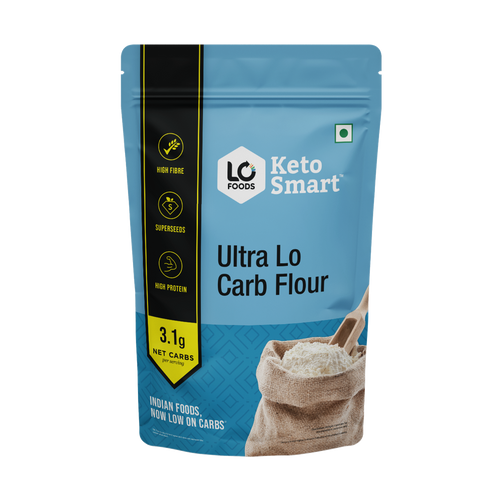
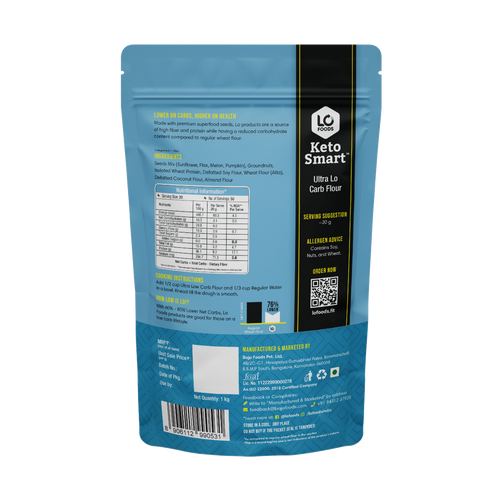

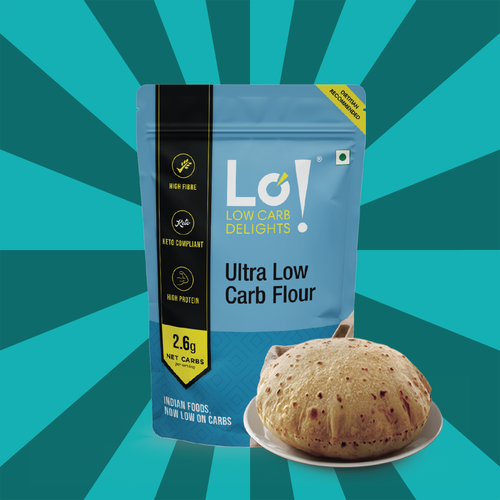


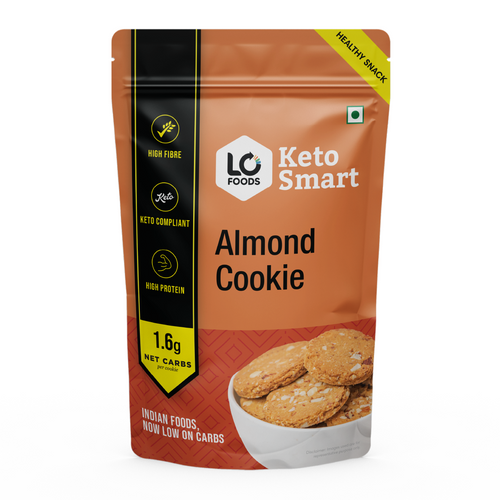


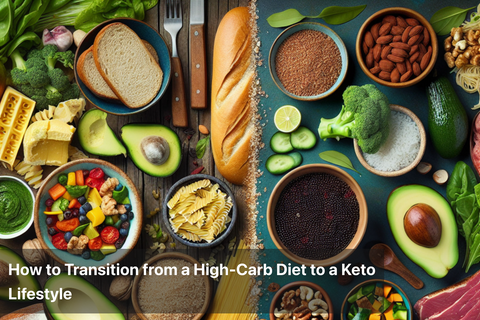
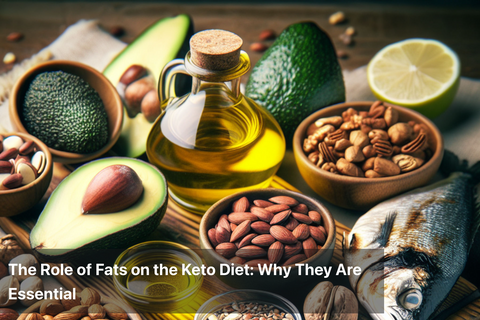

Leave a comment
Your email address will not be published.